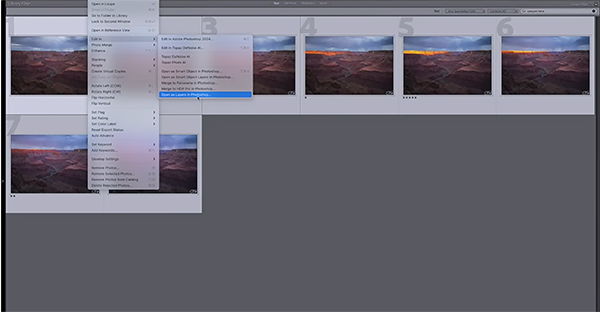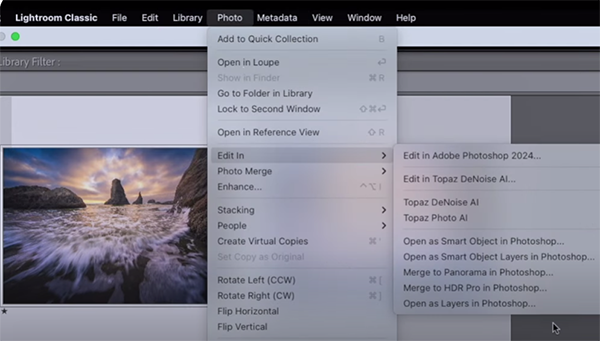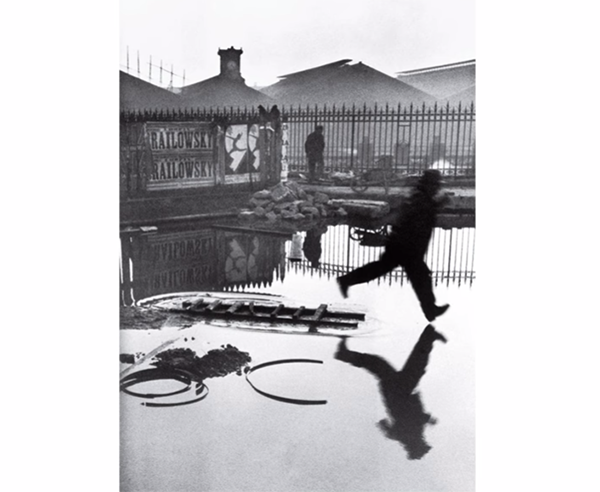A Photoshop Technique for “Cheating” the Perfect Moment (VIDEO)
Most photographers would agree that our craft is all about striving for a perfect shot. And many times that involves capturing what the great Henri Cartier-Besson referred to as “the decisive moment.” The ultimate goal is to get things right in the camera, but this Photoshop tutorial is all about what one pro describes as “cheating the perfect moment.”
The topic of conversation in this lesson from travel and landscape photographer Nikolas Warner is a Photoshop technique known as “Time Blending”—a process that involves shooting multiple images of the same scene over time and merging them together to create a single eye-catching image. Depending on your goal this may mean combining photos shot at different tie of day or using a quick sequence that occurs in a few moments.
Warner was motivated to create this tutorial after a recent trip to Arizona near the Grand Canyon during which breathtaking weather was changing almost as fast as he could trip the shutter. Upon returning home and viewing his files on the computer, Warner found that each one of his shots captured a different part of the dramatic show, but individually they were kind of boring.

Hence, “I got the idea to blend the best parts of that night into one single photo” that included lightning, a super dramatic sky, spectacular golden light, a small rainbow, and other epic moments that quickly passed by. He walks you through the step-by-step process for quickly getting the job done in a realistic way.
The first step involves a strategic approach to evaluating the sequence of images you captured and using the criteria Warner suggests for selecting those that are most appropriate for creating your time blend. In this case he selected eight photos—each conveying a different and powerful element.
With the images on the screen, Warner walks you through his method for using Layer Masks to combine these photos. He describes the various modes available, along with a specific tip for time blending waves in seascape scene.

There’s much more to learn about composition, exposure and other key considerati8ons, including a very helpful technique for aligning hand-held photographs. By the time this episode concludes you’ll understand how easy it is to create a single shot that includes several decisive moments.
There are many more shooting and editing how-to videos on Warner’s instructional YouTube channel, so be sure to take a look when you have time to explore.
And don’t miss the tutorial we featured recently with another post-processing expert who demonstrates a straightforward four-step b&w Lightroom technique that delivers amazing photographs every time.







